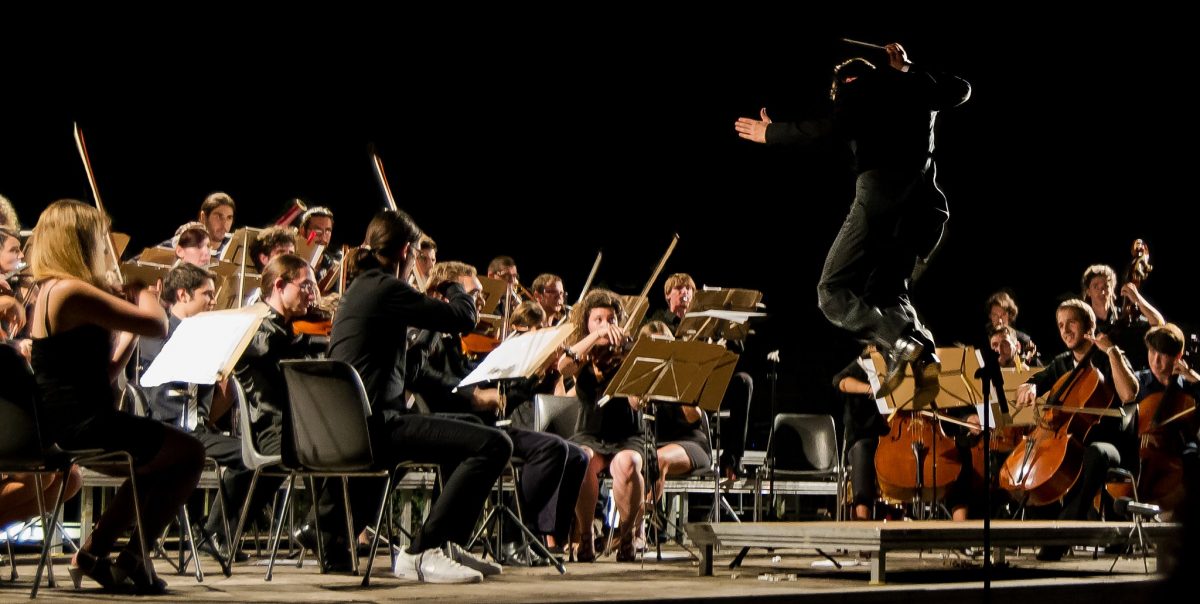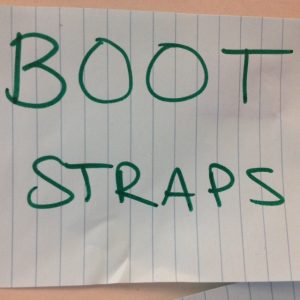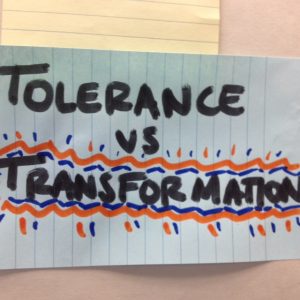- How does understanding culture and power impact your teaching
Culture is something that each person not only has, but takes pride in. Each person has a special, unique, and individual culture that they come from, and so it is our duty to understand that as educators, and use it in our classrooms because it is so powerful. I feel as though many people in our society have forgotten about this aspect, and in return it has made its way into our school system, and so we at times look at classrooms as just a group of students we can blanket teach, instead of a group of bright and amazing individuals. By understanding and recognizing them culturally, we can help make them feel more comfortable, create that sense of community, and that will result in a better learning environment.
- Pick three terms that resonate with you from the Multicultural Education word wall. Define the terms and discuss why you chose these three terms.
Being in education, it is our duty to expose our students to a variety of topics and cultures in order to not only expand their horizons on what all is out in the world, but to expand their knowledge on how other cultures operate. In order to give them that exposure, we have to teach them and introduce to them different cultures and different traditions that exist both inside and outside of the classroom.
We need to influence our students to help them feel safe in our classrooms, and help them learn more by not just standing and lecturing at them. We need to influence them to change the way they think so they go past the exterior of a question, and really dive deep into topics and create a deeper understanding of what is trying to be taught.
The idea in giving my students the ability to use critical thinking is what learning is. There are many different ways to learn and understand a subject or a problem. If they do not know how to use their critical thinking, then they will have tougher time solving the issue that they have.
Describe your plan to teach in a culturally responsive way in the coming year. Include teaching strategies you might employ as well as content/units you will implement
Teaching in culturally responsive ways means that the teacher will employ a variety of tactics and ideas to help reach the students in the classroom. It is important to understand the type of class on hand and the backgrounds of the class and the students. This will help the teacher better understand how to approach and teach the class. Then, when the values, knowledge, and experience of the students are learned, it will be important to put that information into the lessons. This also means that the context of the lesson must be relevant. I plan on implementing some project based learning as I believe it gives the students many skills to practice that they will need in more than just the classroom. I will also try to use all of the resources available to me to help my teaching, which means bringing in an elder, place based education, and identifying the culture that exists in the classroom. Overall, I hope to implement all of these and more tactics to be the best teacher that I can.



